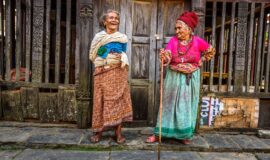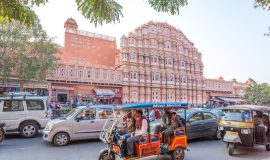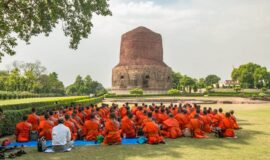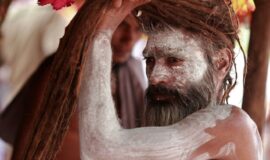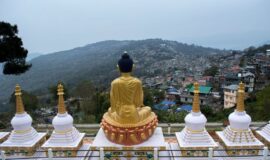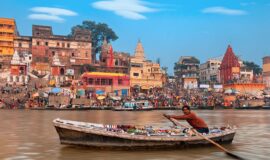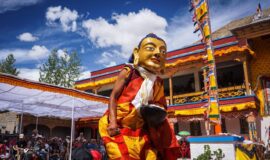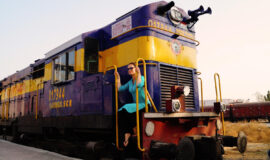Kotagiri – Blue Mountain
St. Luke’s English Church
DISCOVER KOTAGIRI
HOW TO REACH KOTAGIRI
WHERE TO STAY
IDEAL TIME TO VISIT
BEST PLACES TO EAT
The British Collector of Coimbatore, John Sullivan, made an expedition in 1819 up the Nilgiris. He did so with an army of soldiers, ponies, and elephants maneuvering forests and high cliffs. It is believed by some that he was in search of fugitives. However, he did not locate fearful outlaws but a foggy valley, which brought back memories of a gentle Swiss scenery in spring.
Some two hundred years later, it looks less like the Swiss scenery Sullivan saw. Now, the valley is filled with the shimmering green of the vegetable gardens and tea plantations, which the said Sullivan brought to the valley while he stayed in this mountainous land with green meadows.
A drive into Kotagiri will greet you with the gently shaped Nilgiris or Blue Mountains (British name), as well as a green blanket of vegetable and tea plantations.
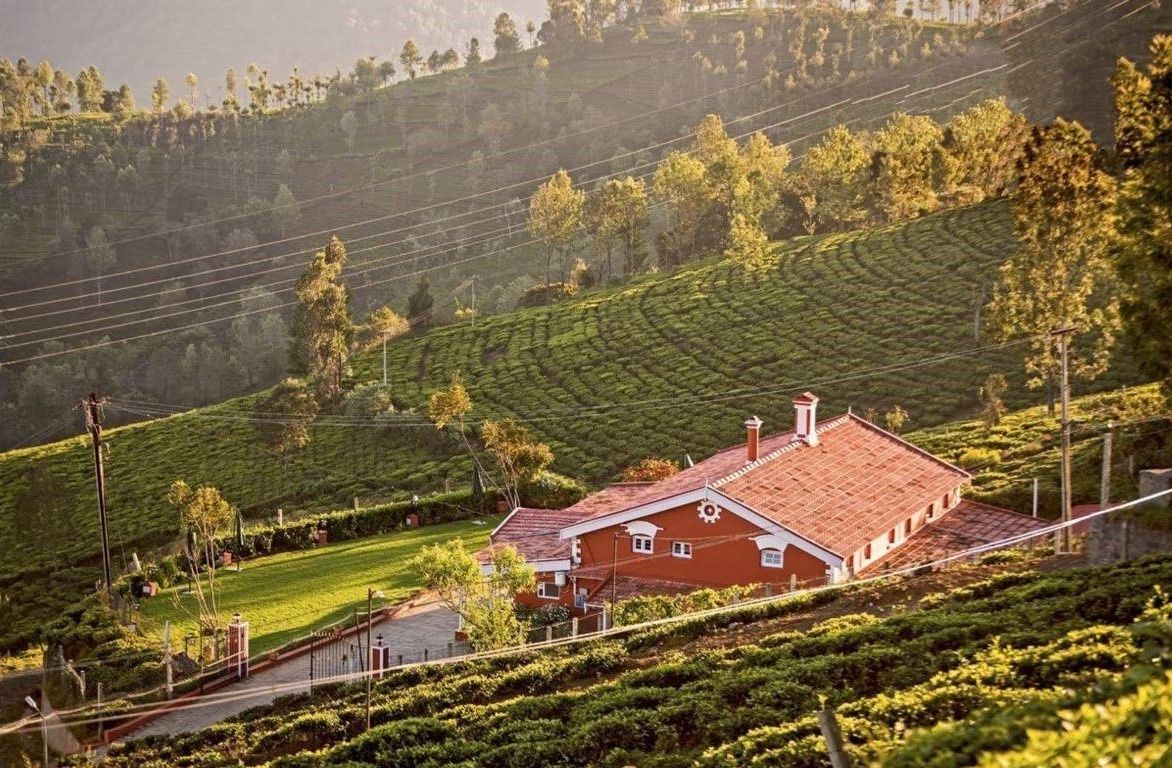
Tea nest Nightingale sits amongst Kotagiri’s terraced tea estates. This comfortable guest house is covered in the lovely rays of the sun
One of the best guesthouses in Kotagiri is called Teanest Nightingale. This is a 120-year-old cottage with four rooms. The tiled roof is pitched and the exterior is earthy-red complementing the classic interiors. This guesthouse is the ideal getaway from the hustle-bustle world. Each room is comfortable and carries the name of a local bird.
Kotagiri is a quiet, charming getaway. Of the three Nilgiri hill stations, it is the oldest and smallest. The other two are Ooty and Coonoor. If you are looking for a place with bubble baths prepared by the butler and staff wearing white gloves, this is not it. However, if you seek a sanctuary of peace where you can become one with nature, this is the place for you. You can watch the sunrise and set from your private space in the Teanest Nightingale guesthouse. As the sun rises and moves across the sky, the ringing bells and resounding chants from the temple close by may awaken you to a pleasure full day. Your senses will enjoy the sweet songs of the birds flooding your ears.
You can have a delicious breakfast on the patio of the cottage as the sun glides over the lawn bordered by lovely flowers. To add more pleasure, include a cup of sweet-smelling Nilgiri tea. This amazing experience will make you thankful for the blessing of being in a beautiful haven in this fleeting world.

A majestic sight of the Tea Garden at Kotagiri hills with dense clouds. Kotagiri is the third-largest hill station in the Nilgiri hills, Tamil Nadu, India © Afzal Khan Maheen
Nothing matches horseback riding at the nearby Western Hoofs Equestrian Centre. Even if you have not ridden in a long time, once you get on that horse, you will remember the freedom it gives as the horse’s mane sways through the wind, and it twitches its ears. You can slowly ride for hours and experience the refreshing atmosphere and utmost peace. Riding the mud paths on 50 acres of green tea plantation land partly covered in fog is unforgettable. This is a very romantic place where you can sip on tea and spend time alone with the person you love.
During the plucking season, you will see many tea pluckers slowly making their way across the elevated areas of the plantation. They are so engrossed in their tasks they seem oblivious of their beautiful surroundings. However, visitors are captivated by the beauty and plainness of their homeland. You may also see a few Indian bison strolling through the plantations, feeding on the shrubbery and leaving the tea leaves behind as evidence of their presence.
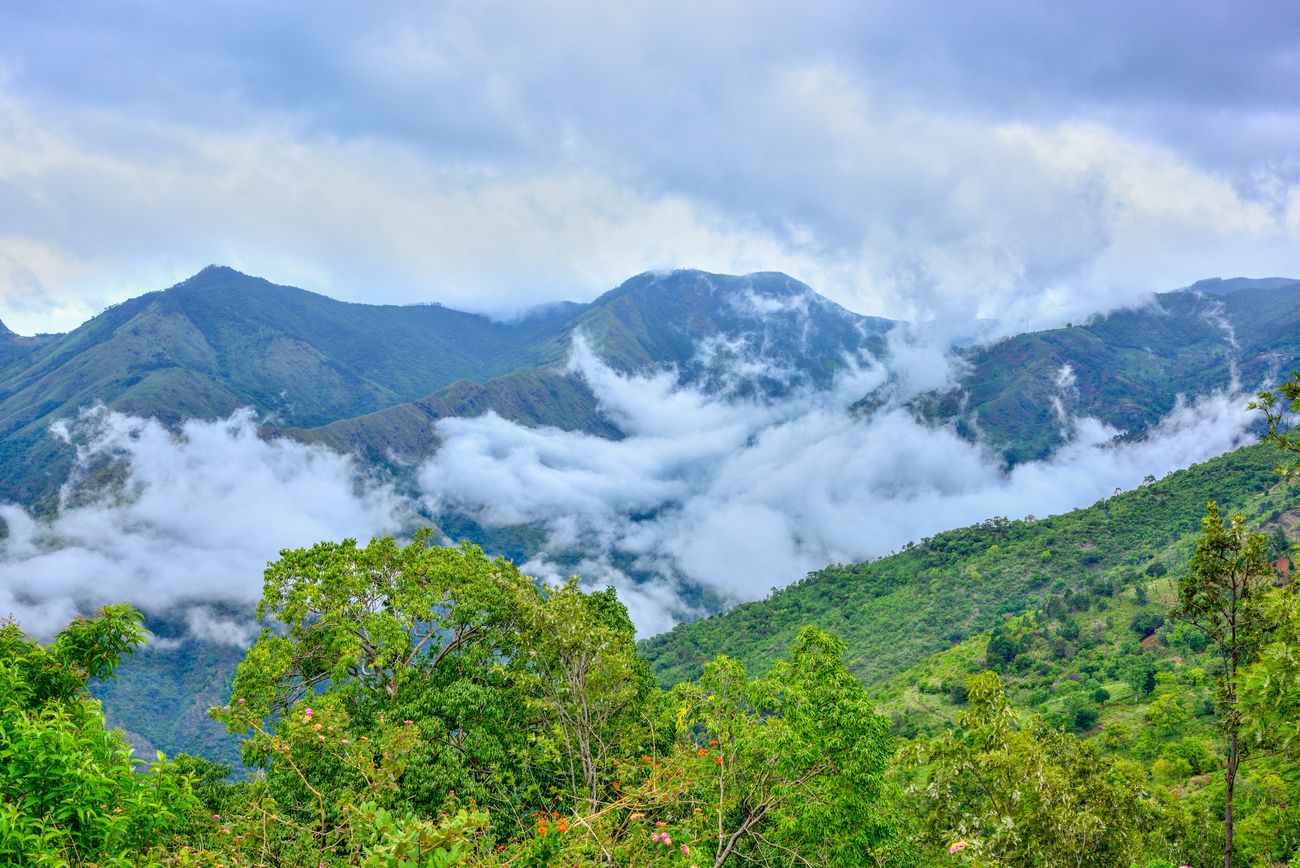
A mesmerizing view of the Hilltown Kotagiri amidst the foggy landscapes and surrounded with greenery, Tamil Nadu, India © Alex Alderic Jero
When you have finished your exciting ride, you will return to the Centre. There, you will be welcomed by the nine horses in the stables: Marwari and Kathiawari horses, Shetland pony, and two thoroughbreds that Santosh Kumar owner of the one-year-old center says are from the lineage of Mohenjo Daro. Shorter half-hour rides and two-day riding adventures are also offered at the center.
The unspoiled delights of living in the country surround you: no traffic on the road far fewer traffic jams. White, feathery egrets stand on the limbs of trees; fields and fields of tea plantations extend to the horizon and the shrines by the wayside are filled with pilgrims kneeling in prayer. Native people purchase their ground provisions and vegetables mixing with Kota folk who have hunting tools, portraits, and normally bulky silver jewelry on exhibition at the memorial to Sullivan.

The Sullivan gives a sound narrative of the past including the history of the native tribes and the Sullivan family
The whirling roads, foggy valleys, tea factories, and red-tiled homes add to the thrilling experience. A stop at the unglazed red memorial in Kannerimukku is also worth it. This is some two km north of the center of Kotagiri. The remembrance is situated in Pethakal Bungalow where Sullivan resided until 1823. Sullivan grew English vegetables: beetroots and cabbages on this property of five acres. At this memorial, there are several photographs of tribals: Badagas, Kotas, and so on who lived in synced with nature on this land. This remembrance in itself reflects the narrative of historical events of the several tribes, the functions of the British in the region, and the Sullivan family. The Nilgiri Documentation Centre is situated here. A two-day expedition is organized on Sullivan’s birthday, June 15th, to perseverate the Sullivan trail.
In some Kota communities, elderly folk continues to carry on simple lifestyles.
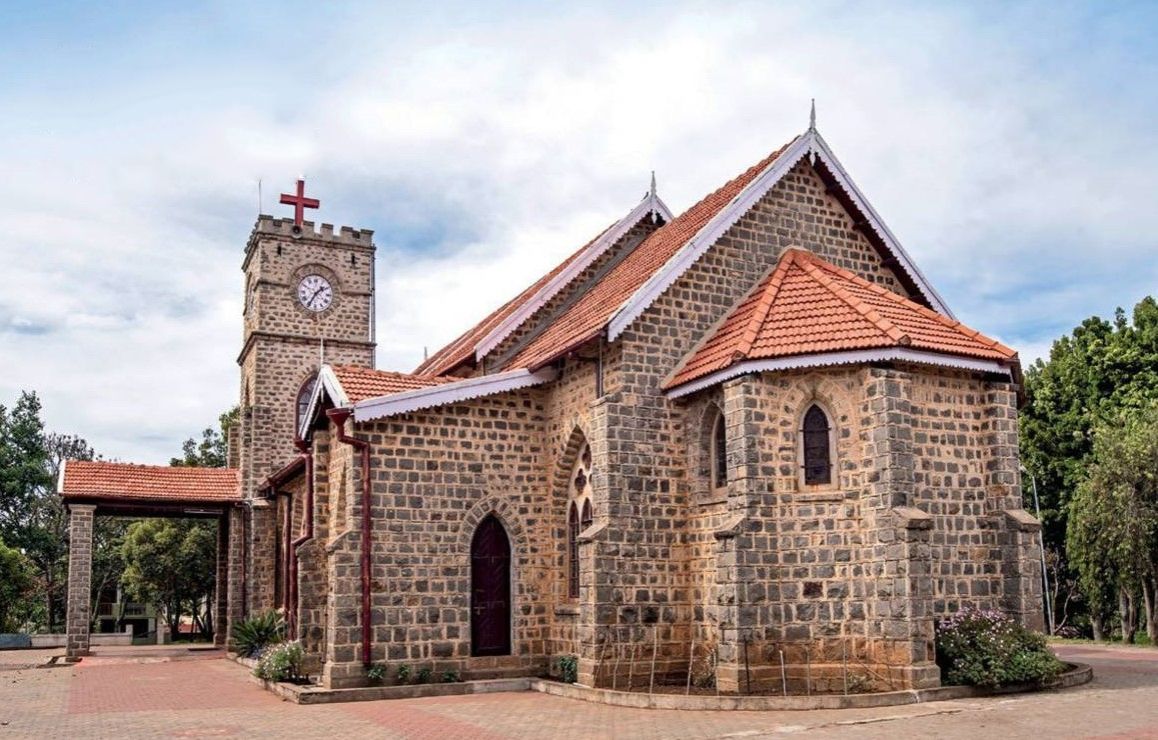
Constructed in 1928, the St Luke’s English Church displays a gabled exterior with an orange-tiled roof that reminds you of the colonial age
St. Luke’s English Church
The elegant 1928 stone St. Luke’s English Church with its domed exterior and the oblique orange-tiled roof is a sight to behold. It even shows off a steeple with a clock. The large interior is uncomplicated. It has a glossy, wooden altar and pews. The stained glass lets in the noon sun with its kaleidoscope of colors. This church was designed by Angus McEwan, an architect. It is a fitting reminder of the past that has been abandoned. The St. Mary’s Church is another colonial remnant from way back in 1867. These days, it displays a contemporary, radiant visage.

A beautiful sight of Tea estates of Kotagiri which is visible from Nilgiris Hills. A number of key viewpoints and attractions are nearby that you can explore alongside walking amidst the tea estates, Kotagiri, India © Dharan JD
Thick green forests with expansive tea estates and foggy hills rise on the horizon from the Kodanad view, east of Kotagiri. You can climb to the elevated level of a tower constructed by the Forest Department. From this viewpoint, you can see Grand Canyon-like scenery with lots to photograph. Beneath are the Bhavani and Moyar rivers, which flow tenderly by. Also, there is the Rangaswamy Pillar, a colossal rock sculpted and cut out by Mother Nature, which protrudes from the midst of the barren but glorious plain. The chilly winds at the top level of the tower will encourage you to head to the cafeteria at the floor level for chili bhajias and a hot cup of ginger tea to keep you warm. The shop attached to the cafeteria houses Kota women who sell their local handicrafts. These are typically handbags, embroidered table runners, and so forth. As you gently stroke the fabric, you will feel the rhythmic humming sound of the ancient spirit of the land. It is lively yet uncompromising to the boorish stress of commercialization.

A Woman smiling and plucking tea leaves in a foggy morning at the tea estates of Kotagiri, Tamilnadu, India. Kotagiri is the third-largest hill station in the Nilgiri hills of Tamil Nadu © Manto_Konikkara
DISCOVER KOTAGIRI
Trekking is a fantastic way to dive into Kotagiri’s expanse of nature. Kotagiri —Kodanadu: Kotagiri — St Catherine Falls and Kotagiri — Longwood Shola are the most popular treks. Longwood Shola is a densely wooded part of natural forest that spreads some 115 hectares. It is a significant part of the delicate Nilgiri eco-system. A scenic trail for trekking encircles it. On a less adventurous level, you can take an interesting guided tour of MacWood Tea Factory. Catherine’s Waterfalls located eight km to the south of Kotagiri has its best scenery in the months of the monsoon.

Jogger’s paver block path surrounded by greenery all around, a sight in the noontime at a Park located amidst the Western Ghats on Nilgiris, Kotagiri, India © Samuraiosho
In the late afternoon at the guesthouse, the sun gently shines on the green well-manicured lawns. To add to the beauty, colorful butterflies flit and flutter around. It is the perfect opportunity to take a siesta in your pitched-ceiling room, with warm flooring and cedar rafters. The beauty and serenity of it all are like a dream.
As time winds down, you may want to relax on the patio and enjoy the beautiful sunset in its bursts of colors that lightly stain the clouds with its pastel shades. The quiet chanting from worshippers in the shrine close by is a reminder to thank God for another exceptional day.
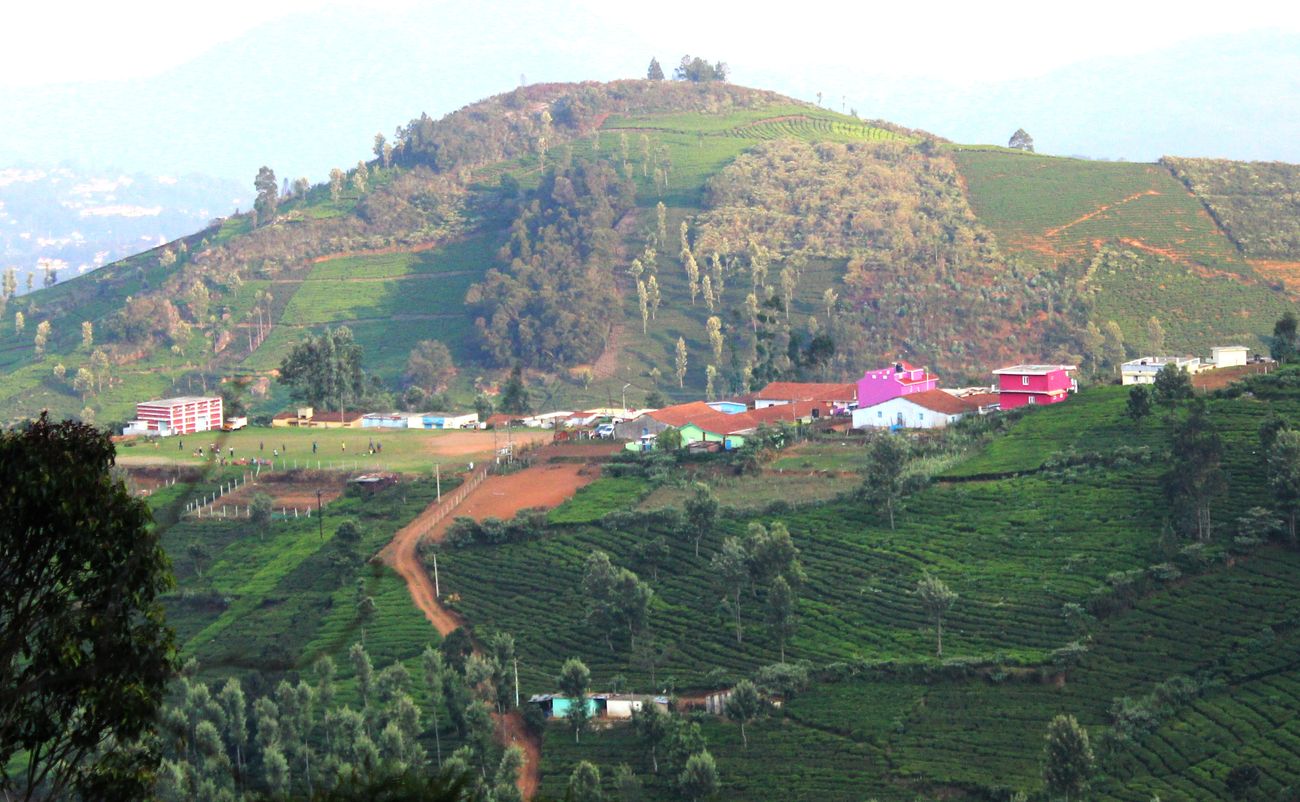
A grand view of Hill village with small huts and beautiful tea estates gardens at the landscapes of Kotagiri, Tamil Nadu, India © Selvam Raghupathy
HOW TO REACH KOTAGIRI
Air – Coimbatore is the closest airport, 105 km away.
Rail – Coonoor is the closest railway station, 19 km away.
Road – Kotagiri is some 19 km northeast of Coonoor and 30 km east of Ooty. Buses, rental cars, and taxis are readily available to take you to your destination from the airport.

A lane of Street vendors, selling different varieties of food items on the hills of Kotagiri road, Tamil Nadu, India © Selvam Raghupathy
WHERE TO STAY
A small number of budget hotels and guesthouses are located in the town center in Kotagiri. You can also find a handful of places to homestay in the countryside that surrounds it. Teanest Nightingale, the most contemporary of them all far exceeds the other accommodation.
IDEAL TIME TO VISIT
Although Kotagiri is a destination you can visit all year round, the months of November to May provide the best weather.
BEST PLACES TO EAT
The majority of travelers choose to eat at hotels or homestays.
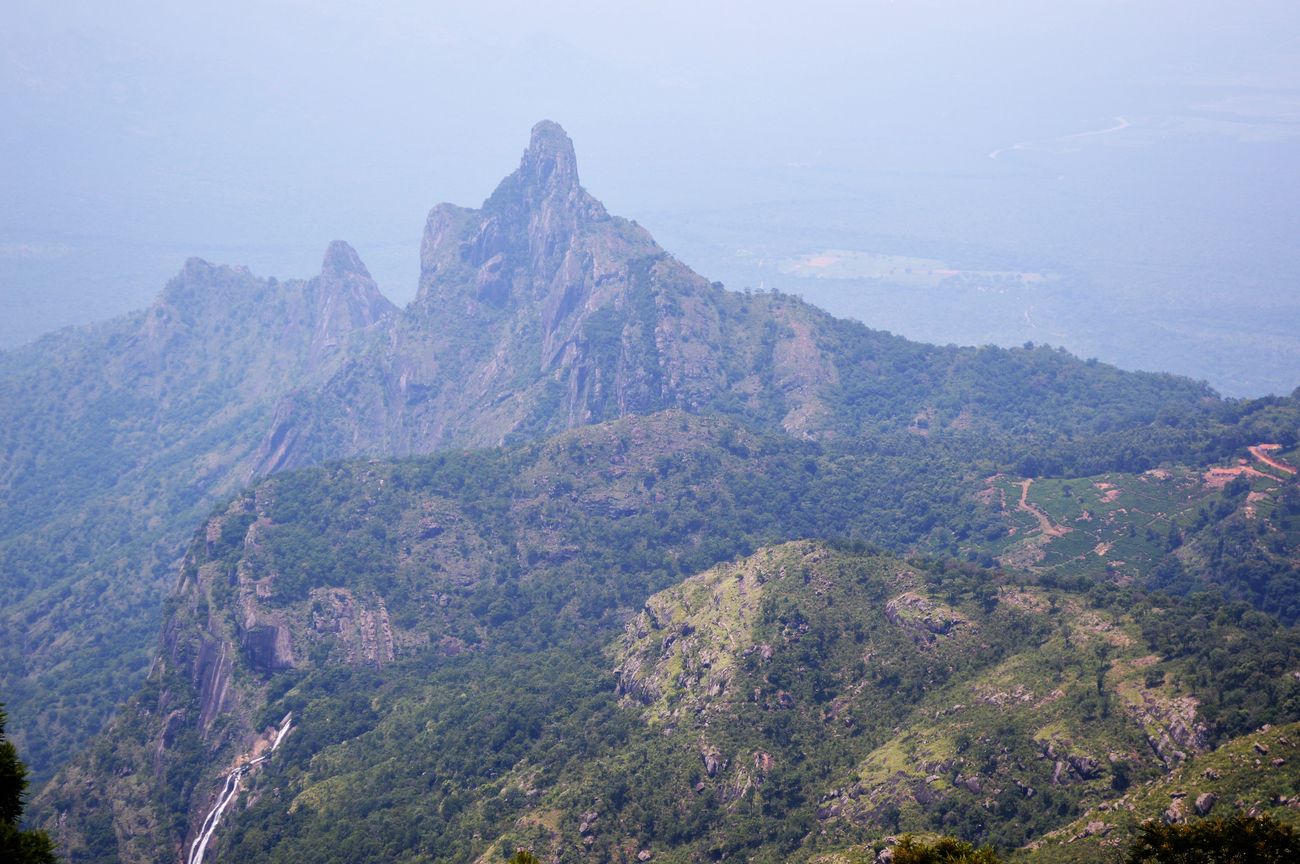
A mesmerizing and picturesque landscape of Kodanad viewpoint, Kotagiri, Tamil Nadu, India. The Moyar and Thengumarada Rivers are visible from this point and this place could be covered with mist but it gets cleared in a matter of 10 minutes © Shailen photography
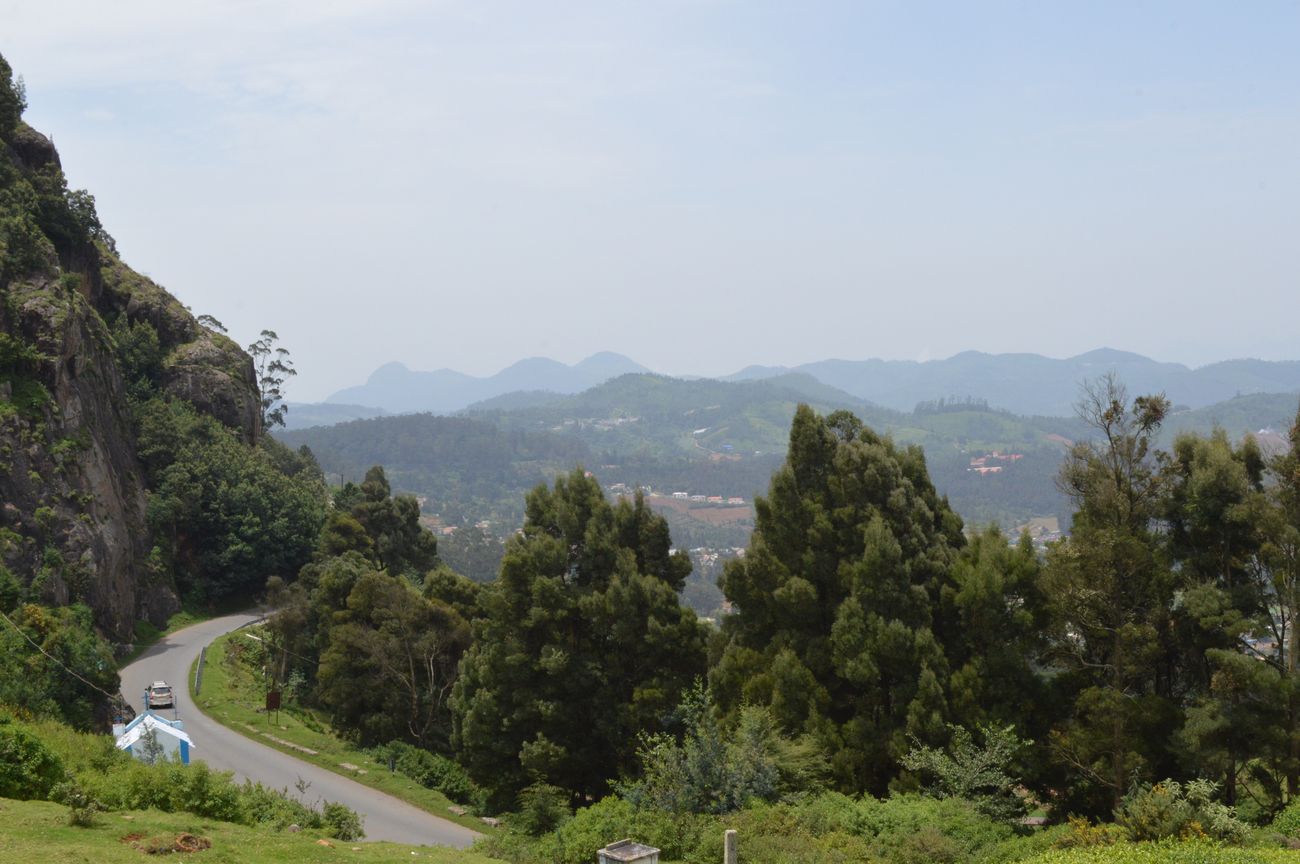
Kotagiri offers a scenic viewpoint from its hills, surrounded with dense green forests and foggy trails in Tamil Nadu, India © Shailen photography

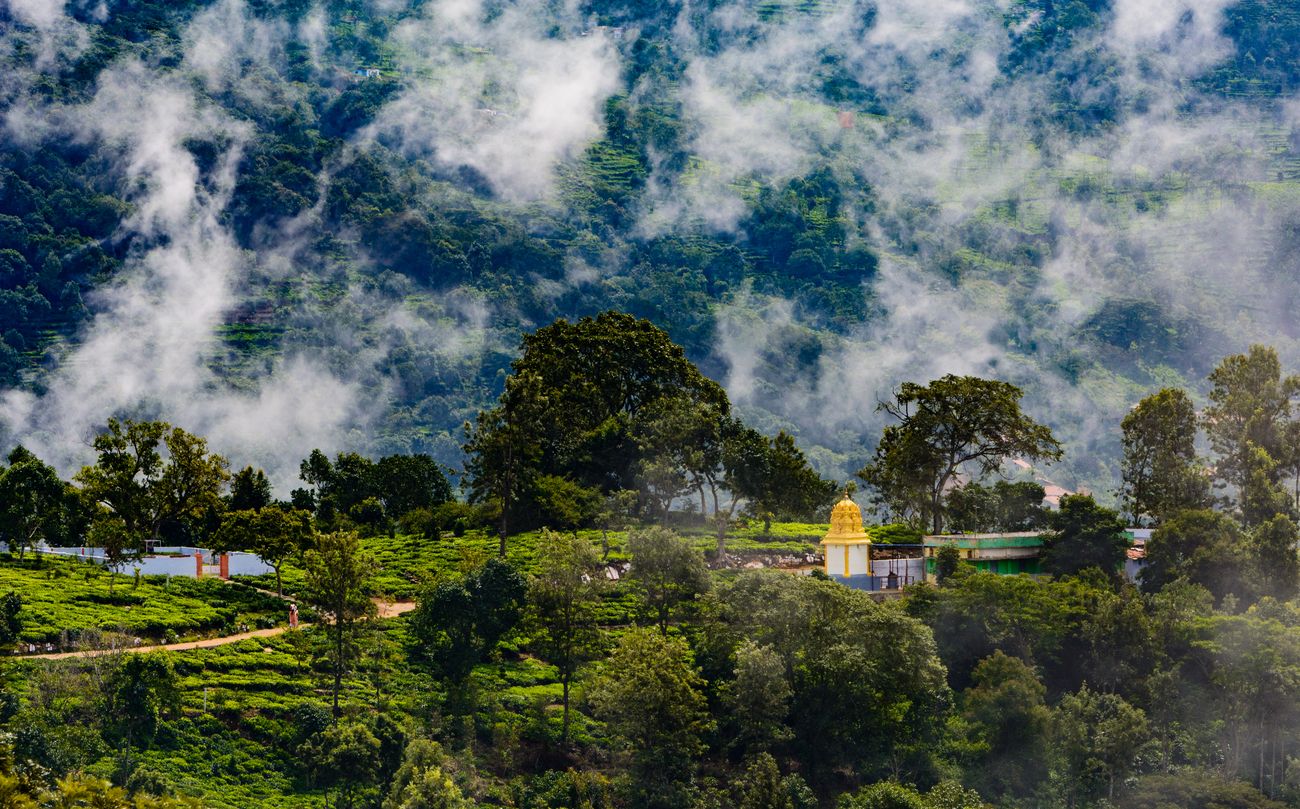




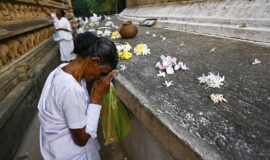
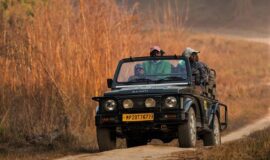



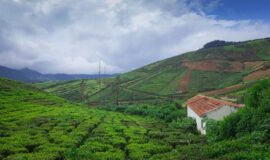


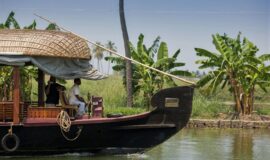

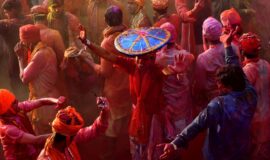
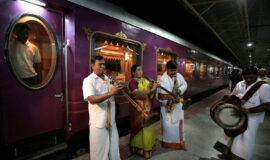

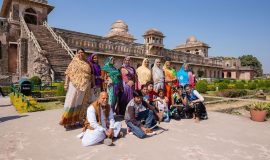

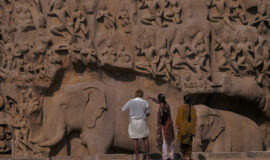


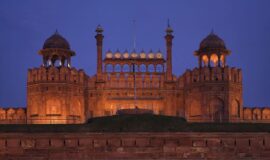
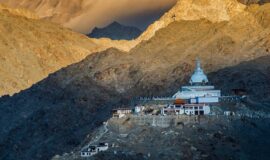

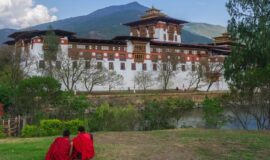
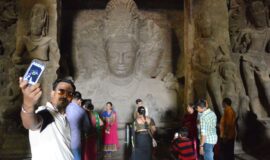

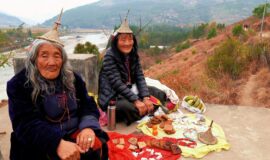
![Golden Triangle Tour with Goa [Culture + Beach Vacation] (12 days) Golden Triangle Tour with Goa [Culture + Beach Vacation] (12 days)](https://www.vacationindia.com/wp-content/uploads/2022/06/golden-triangle-tour-with-beach-vacation-270x160.jpg)



